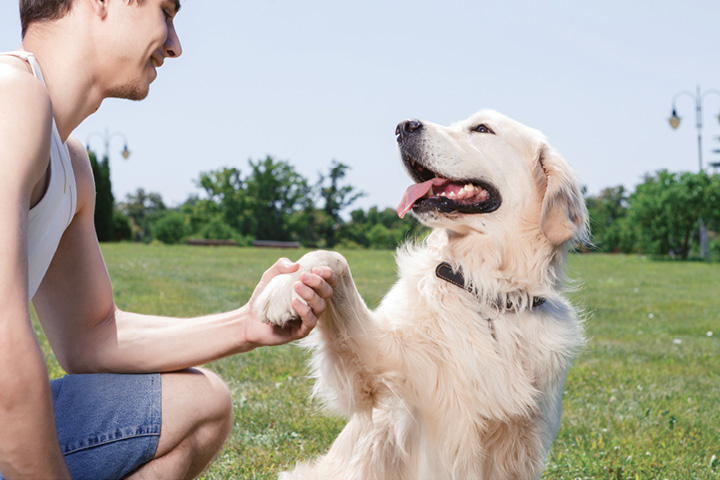
This book has provided you with some lessons, some safety measures, and a procedure that has been proven to work by many pet owners and trainers around the world. Most of the people who did the work were trainers, but many pet owners who needed help with their dogs’ aggressive behavior have worked with it, too. You are already the one handing your aggressive dog. You deserve to know how to help him look at the world in a new way that will make your life, and his, better. You want him and everyone in your world to be safe, so it’s a matter of deciding if you can accomplish the CAT procedure with the physical skills, stamina, resources, and tools that you now have.
There are other ways you can work with aggression, and some of them will help you immensely, especially in managing your dog’s aggression and helping him realize that good things happen when he is good. Nevertheless, I encourage you to think about using the outcome your dog has already shown that he will work for and to reinforce behaviors you know will be safer for your dog, your family, your friends, yourself, and your community. Your dog isn’t looking for treats when he aggresses toward people or dogs. He is trying to make them go away. Let’s show him that people will not bother him if he’s nice. You will accomplish this by orchestrating his world so that it is a safer place by only exposing him to people and animals he is ready to be around. When you start taking him into the situations you’ve been working on using CAT, you’ll keep those interactions quite short and do everything you can to end on a high note. Walk away while things are going well, just like your helpers walked away when your dog was being good in the CAT procedure.

Your dog sees someone in the distance, and he’s concerned. He looks around for an exit, but then he remembers that he’s on his leash and won’t be able to get away. In the past, he always froze, stared, lowered his head, growled, backed up, lunged, and tried to bite. Now, as soon as you see him looking for an exit, you give him one. You walk with him in a different direction that won’t require him to interact with the worrisome stranger. This is one part of the solution. You will now be aware and respectful of what your dog needs in order to behave well.
Your dog sees someone approaching and freezes. But instead of the stranger walking away, this time you’ve carefully arranged for someone you know to turn and walk away the second he moves his head or paw. He gets to practice lots of alternatives to aggression. He gets to try things that are easier and work just as well, even better. And he starts to choose these better behaviors even when you’re out on regular walks in your neighborhood. He does these good behaviors first and puts aggression behind him.
Your job is to proactively set up your dog’s world to ensure that his friendly behaviors continue to pay off better than anything else he could possibly do. Although you will always need to be your dog’s advocate, your life will be easier with CAT procedures in your tool kit. Your family and friends will be safer, and your dog will get a new outlook on life that will help him feel better in the world.
